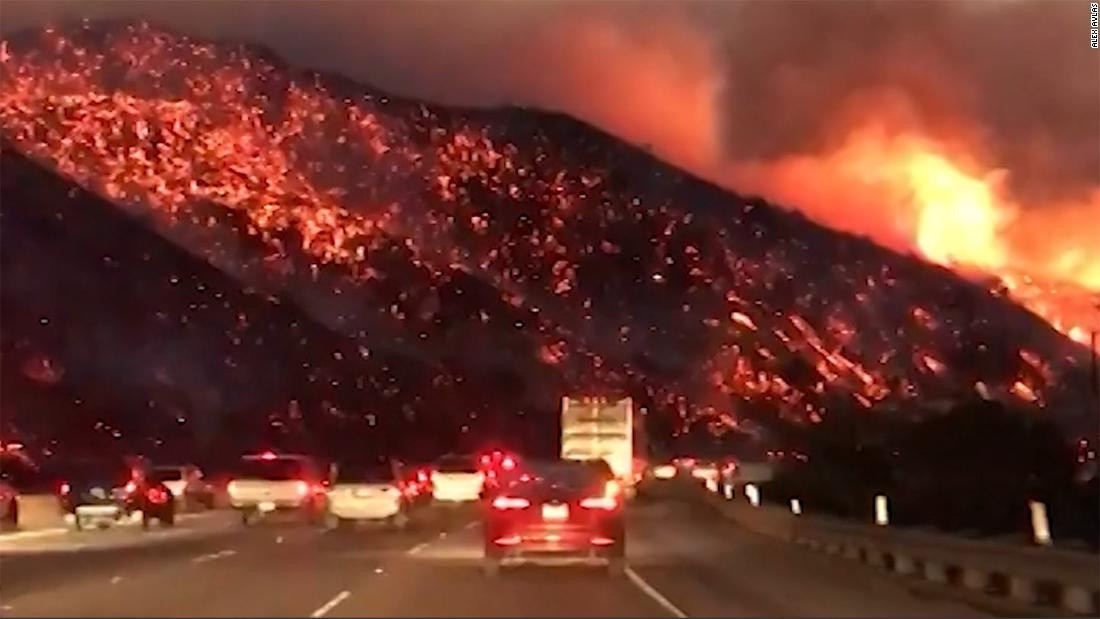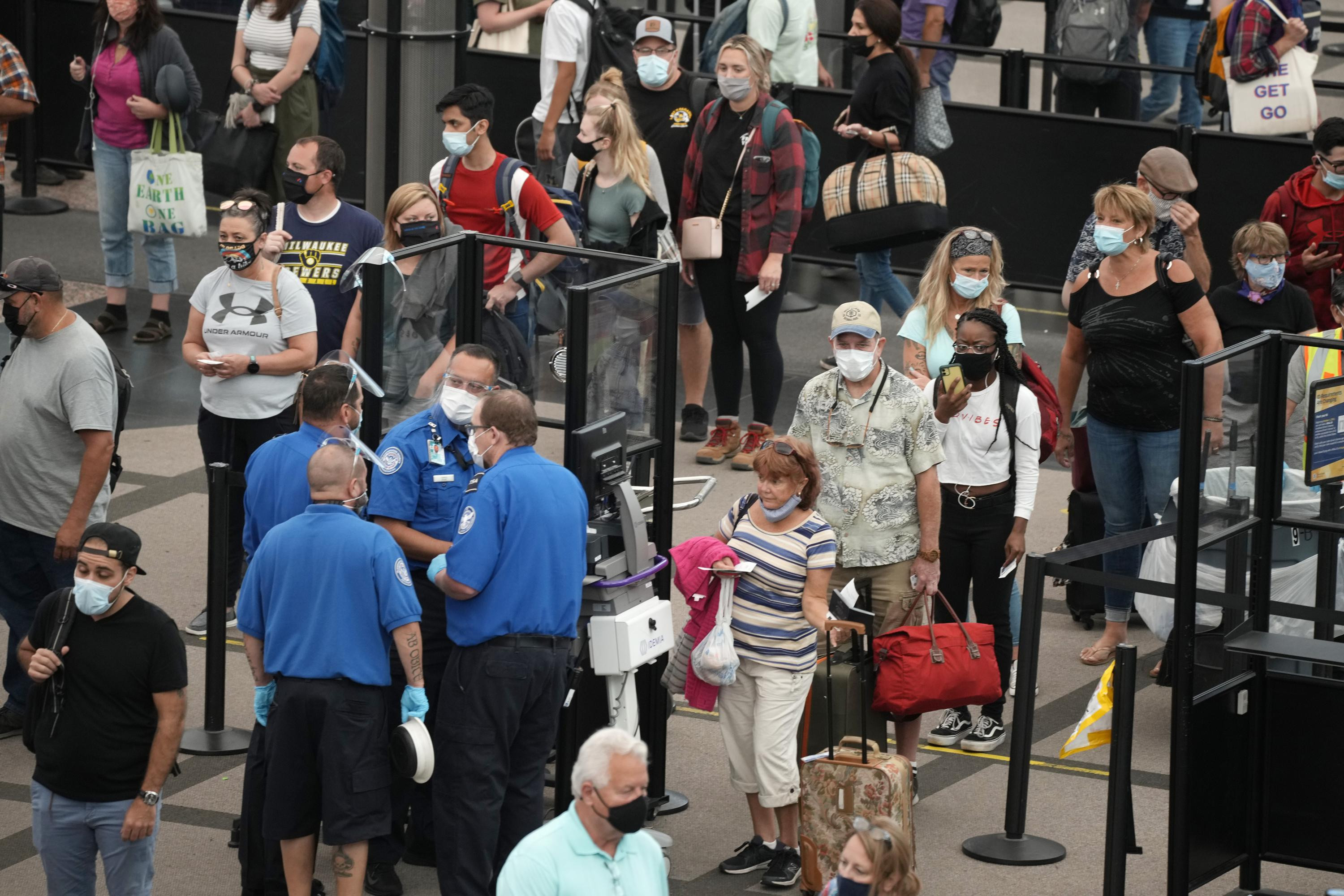Devastating Auto Fire Engulfs Ventura County Amidst Devastating California Wildfires
The relentless onslaught of wildfires continues to grip Southern California, with the recent eruption of the Auto Fire in Ventura County adding another layer of complexity to the already dire situation. This new blaze follows a week of devastating fires that have claimed the lives of over 20 people, displaced hundreds of thousands, and scorched thousands of acres across Los Angeles and Ventura Counties. The scale of destruction is staggering, with countless homes reduced to ashes and the landscape scarred by the relentless flames. The sheer ferocity of the fires, fueled by high winds reaching up to 70 mph, presents an ongoing challenge for firefighters battling to contain the infernos.
The Auto Fire: A New Threat Amidst the Chaos
The Auto Fire, igniting late Monday night near a riverbed in Ventura, swiftly spread, consuming 56 acres within hours. While initially reported as moderately spreading, with around 75 firefighters on the scene, the fire's rapid expansion highlights the precarious conditions. Mandatory evacuations were immediately implemented as firefighters worked tirelessly to establish containment lines and prevent the fire from reaching structures. Fortunately, the Ventura County Fire Department reported on X that the fire remained confined to the river bottom and did not threaten any buildings, a testament to the rapid response and effective firefighting strategies deployed.
The Ongoing Battle Against the Blazes
The Auto Fire is just one piece of a larger, more alarming picture. Several major fires continue to rage across the region, most notably the Palisades and Eaton fires in Los Angeles County. These fires remain largely uncontained, posing a significant risk to life and property. The Hurst fire, located north of Los Angeles, shows some signs of progress, with 97% containment reported by Cal Fire, providing a small beacon of hope amidst the widespread devastation. The grim reality is that the death toll continues to rise; 16 fatalities resulted from the Eaton Fire alone and 5 more from the Palisades Fire, with additional deaths under investigation, according to the Los Angeles Sheriff's office.
The Perilous Winds
Adding to the challenges faced by firefighters, the National Weather Service issued dire warnings regarding high winds predicted to persist through Wednesday. These fierce gusts are expected to exacerbate the current fires and pose a significant risk of igniting new ones. The agency stated, “Winds are expected to oscillate in magnitude over the next 48 hours but the environment is expected to remain extremely dangerous, favorable to very rapid-fire growth if a fire does start.” This underscores the critical need for vigilance and the importance of following evacuation orders. The intense winds also contributed significantly to the rapid spread of the fires and made it increasingly difficult for firefighters to effectively control the flames. The winds hampered firefighting efforts significantly, pushing embers and flames into new areas rapidly.
A Community in Crisis
The impact of these fires extends far beyond the immediate destruction. Tens of thousands have been forced to evacuate their homes, leaving behind their livelihoods and possessions. Many are grappling with the uncertainty of their futures, unsure when or if they will be able to return to what remains of their homes. The scale of the humanitarian crisis is vast, requiring a significant coordinated response from local, state and federal agencies. Resources such as shelters, food banks, and mental health support services are crucial to aid those displaced by the fires. In addition to the immediate needs, there is the long road to recovery for these communities. Rebuilding lives, homes, and communities will take an immense amount of time, effort, and resources.
Support and Recovery
The outpouring of support from communities across the country and beyond offers a glimmer of hope and illustrates the remarkable capacity for human compassion. Donations of supplies, funds, and volunteering efforts are vital in supporting the long-term recovery. The support goes far beyond simple monetary value; it represents a shared spirit of resilience and solidarity in a time of immense adversity. To help, numerous agencies and organizations are coordinating efforts to assist fire victims. Some experts recommend that financial donations are usually the most effective form of help, as they ensure resources reach those who need them most.
Facing the Future: Lessons Learned and Prevention
The devastating loss of life and widespread destruction resulting from these wildfires highlight the crucial need for proactive disaster preparedness and mitigation strategies. Investment in fire prevention programs, including controlled burns and community education, is critical in reducing the risk of future tragedies. Furthermore, climate change continues to contribute significantly to an increased risk of wildfires, creating a vicious cycle requiring global cooperation to address the underlying problem. The consequences of inaction are catastrophic and clear.
The aftermath of these fires serves as a sobering reminder of the fragility of life and the importance of community in the face of adversity. It is a call to action, urging us to prioritize disaster preparedness, strengthen community bonds, and work collectively to mitigate the escalating risks associated with climate change. The road to recovery will be long and arduous, but the collective resilience and determination will be essential in navigating the challenges ahead. The human spirit shines through in times of crisis; the story will be one of both tragedy and triumph.
The fires are an undeniably grim reminder of the impact of climate change. The intensity and frequency of these events serve as a clear wake-up call to address this crucial issue. Let us move forward with a renewed sense of responsibility and determination to protect our environment and our communities.

















